1. Challenges of traditional instruction
“To state a theorem and then to show examples of it is literally to teach backwards.”
– E. Kim Nebeuts
Scientific discovery is inductive
- In the history of science and technology, theory often comes after the observation. Oftentimes, mis-concepts form earlier than the correct concepts.
- Example: before Nobel Laureate Dan Shechtman, many others (including another famous Nobel Laureate before Shechtman) did not think quasicrystalline materials existed
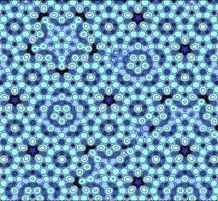
2. Fight misconceptions
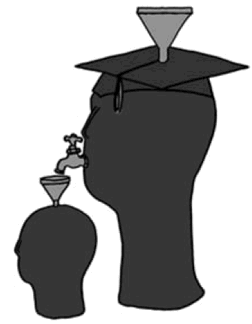
Traditional instruction
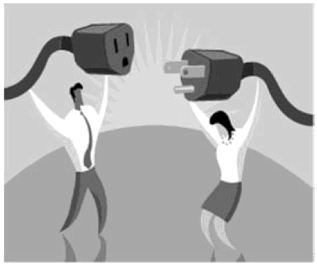
New inductive teaching
How learning works:
- Students come to the classroom with preconceptions about how the world works.
- If their initial understanding is not engaged, they may fail to grasp the new concepts and information that are taught.
- Or they may learn them for purposes of a test but revert to their preconceptions outside the classroom.
Reference: National Research Council. 2000. How People Learn, The National Academies Press.
The Good, Bad & Ugly
- Good: facts can strengthen the correct concepts, adding to previous conception
- Bad: Wrong conceptions are surprisingly common
- Ugly: Misconceptions can easily outlive your lecture if students not engaged
3. How to execute inductive teaching
- How to uncover misconceptions?
- How to repair if teaching by telling does not work
- Technical and attitude issues
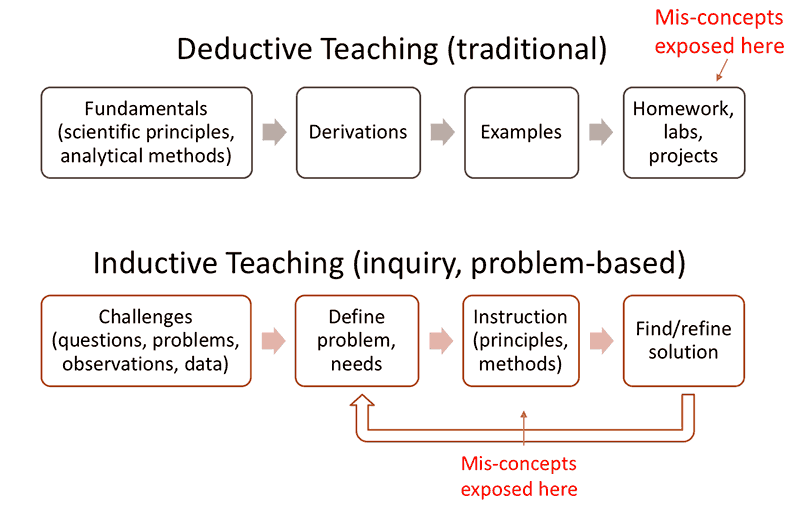
Activities:
- Do not reveal the answer, post the questions first
- Give students time to work on the problem before giving out the answer
- Let them work in groups and check with each other
- For abstract concepts, think of a simple demo or explanation that students can relate to
- Choose counter-intuitive questions
4. What could go wrong
- Dismiss the idea – this will not work, it is a waste of time
- Too much preparation time
- Not enough time left to cover the content
5. Effectiveness of inductive teaching
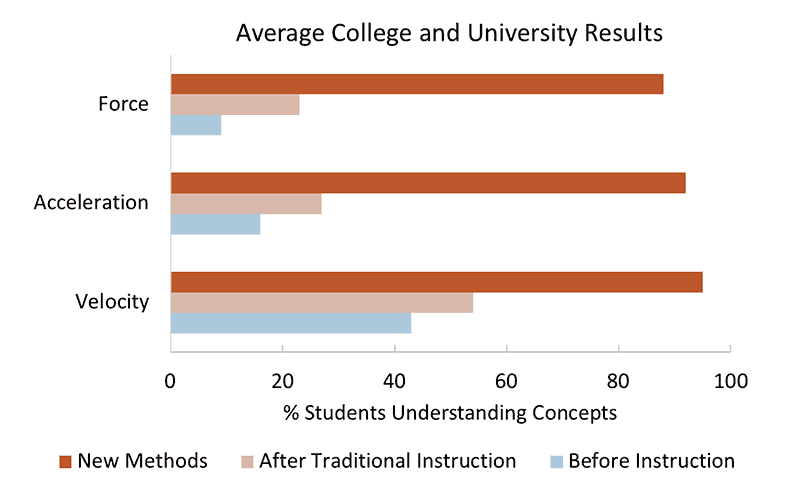
Reference: Laws, P., Sokoloff, D., & Thornton, R. (1999). “Promoting Active Learning Using the Results of Physics Education Research.” UniServe Science News.